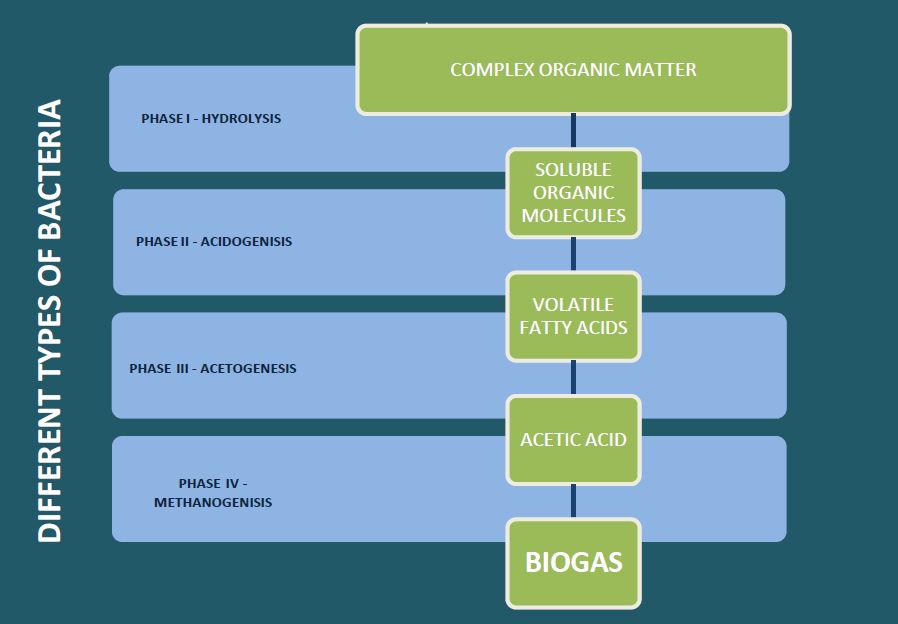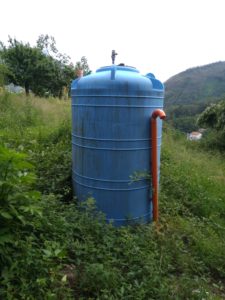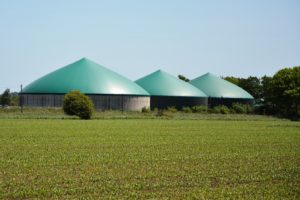Our energy demand is in constant growth. In countries such as India and China, the problem is so serious that power blackouts are on a daily basis. In addition to energy demand, also the amount of waste generated increases year by year. The waste is produced literally by everyone. Every sector of the economy, every household.
The problem also concerns agriculture, both in the case of multi-hectare farms and home gardens. We want to eat healthy, so we start to grow our own vegetables and fruit. But what to do with their inedible parts after the harvest? Unfortunately, it often happens that they are being stored in random places or burned. You can see (and smell) it also on the Coast. The ecological effects of both these activities have very serious consequences. It’s ironic: we contribute to the production of greenhouse gases by wanting to be more eco friendly.
But maybe it is possible to use all this waste that we produce for the benefit of the environment? The solution can be biogas. The same methane that, released from landfills, contributes to the greenhouse effect, can be successfully used for the production of green energy.
HOW DOES IT WORK?

The key word is “methane fermentation”. That’s the name of the four-stage process that produces biogas. In very simple terms, different types of bacteria decompose organic matter, closed in a special concrete tank, into simpler and simpler chemical compounds (soluble organic molecules, volatile fatty acids, acetic acid). The final product is biogas consisting of methane (40-70%), carbon dioxide (30-60%) and small amounts of nitrogen, carbon monoxide, hydrogen and hydrogen sulfide. Purified biogas (dried and devoid of contaminants, such as carbon dioxide and sulfur compounds), can be used to produce electricity (combustion in special engines) or heat. Post-fermentation residues are an extremely nutrient-rich fertilizer! The benefit is therefore double!
- Makeshift mini biogas installation
- Biogas Plant
Even though in theory everyone can build a makeshift mini biogas installation, for the production to be really profitable, specialized infrastructure is needed. That costs money, so the production of the biogas on every farm, at least for now, is just a dream. But even one functioning biogas plant in the region can significantly contribute to the improvement of the local environment.


